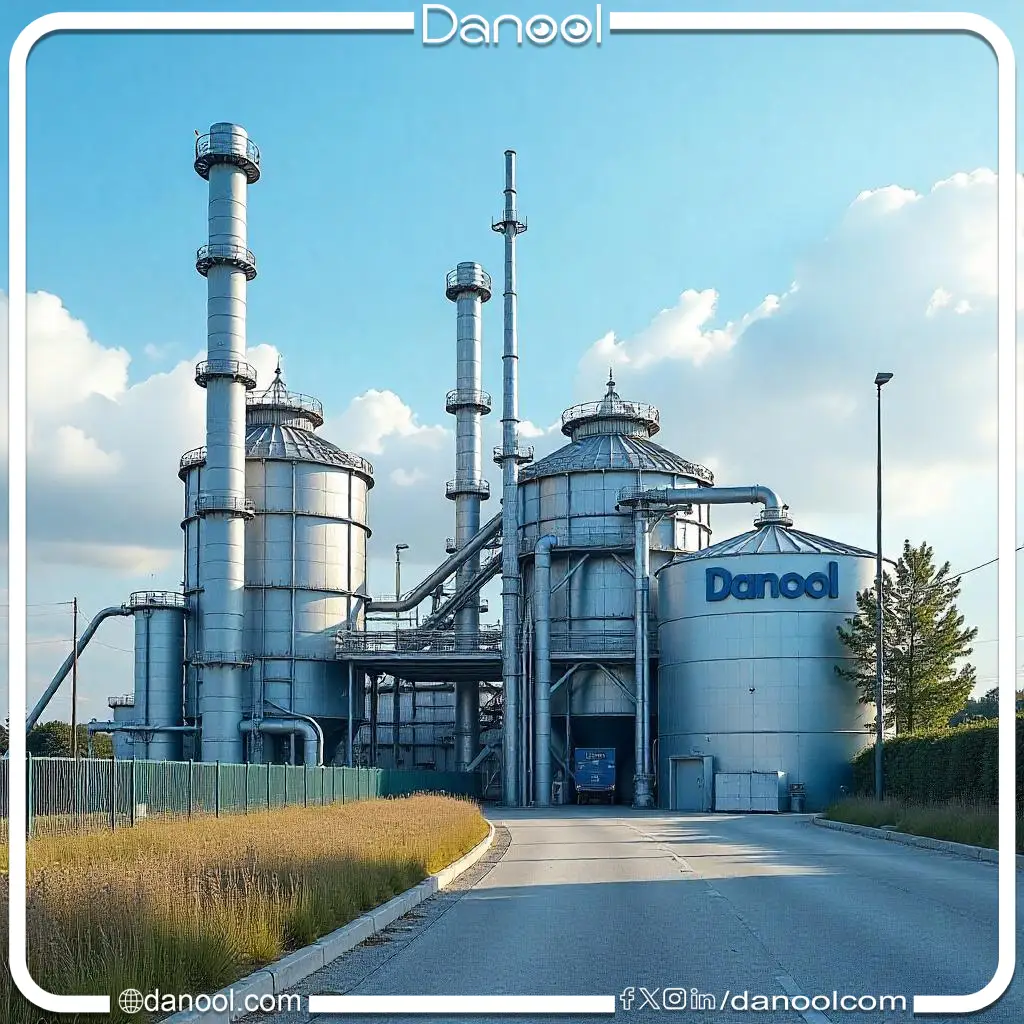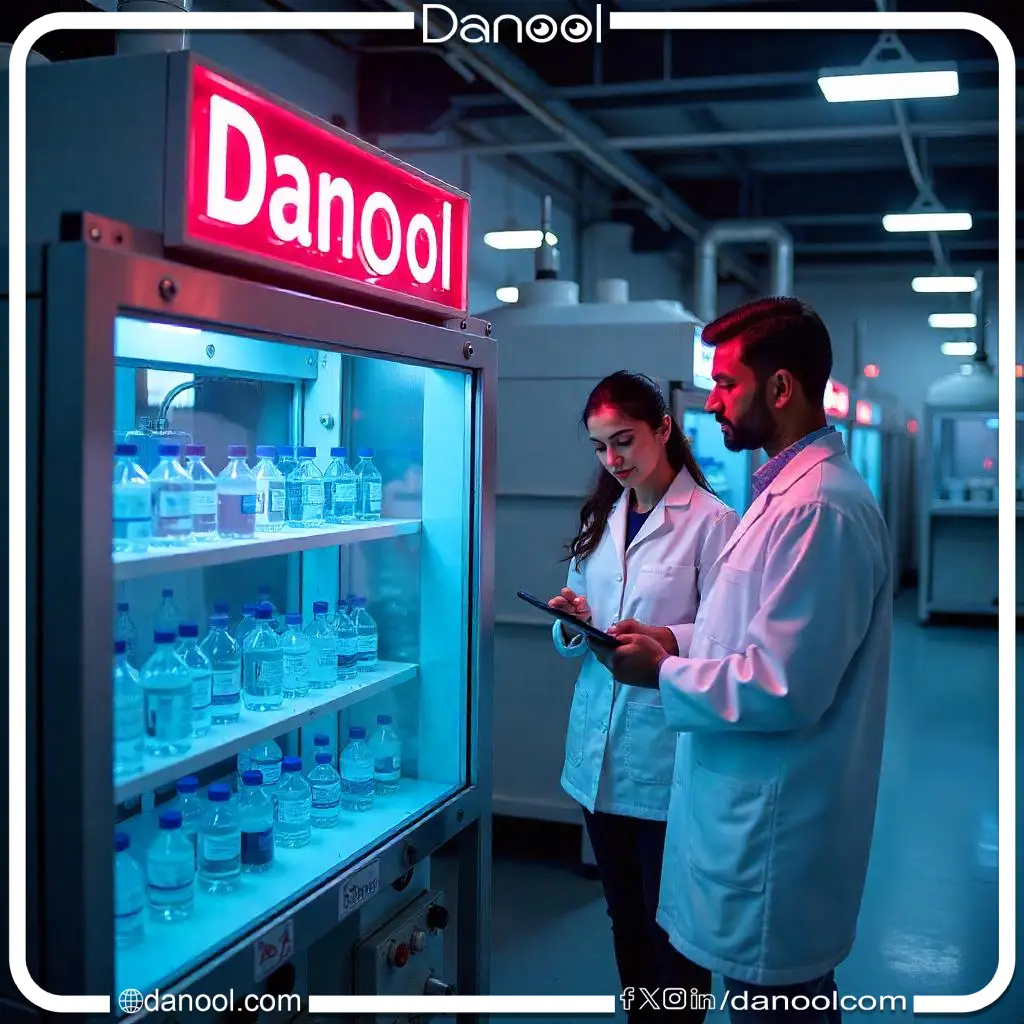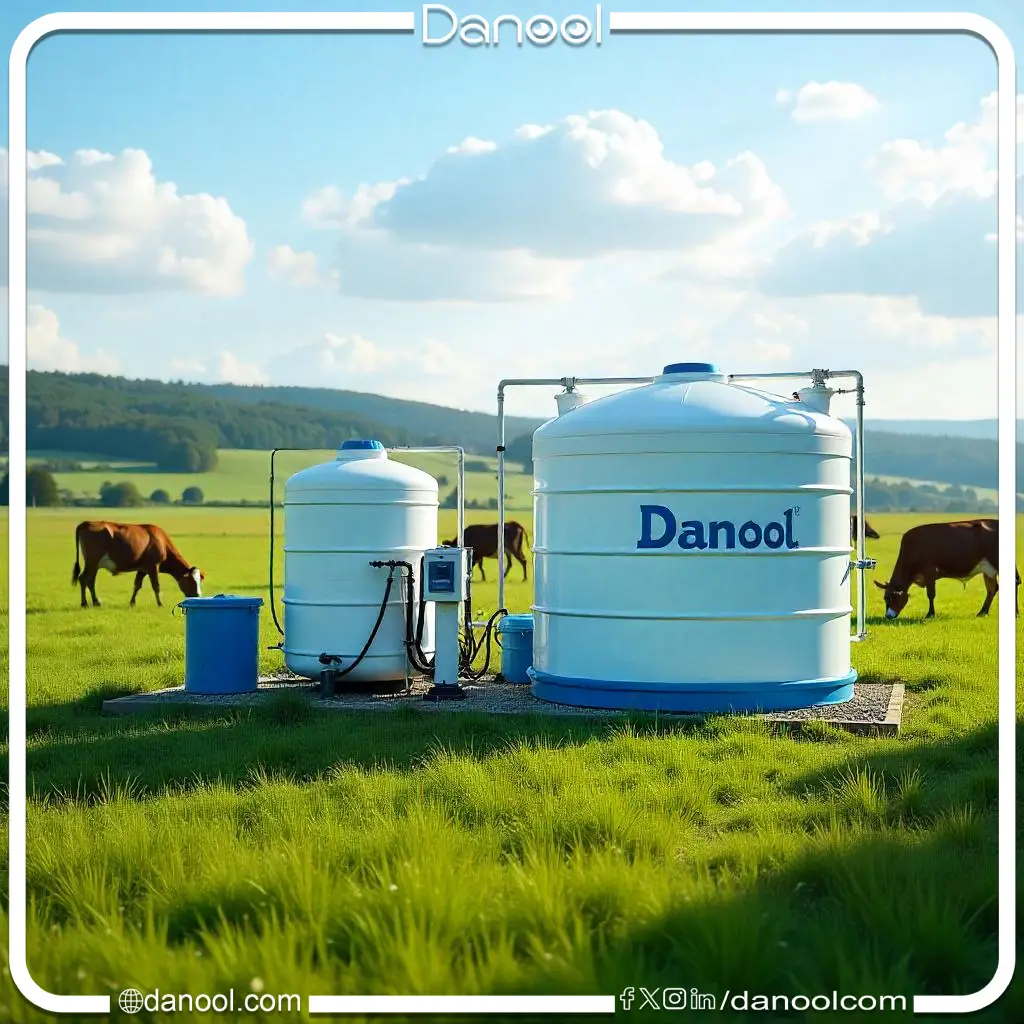Industrial wastewater treatment plants are considered a pressing necessity in the modern era to preserve the environment and reduce the negative impact of industrial activities. These plants work on purifying the contaminated water produced by various industries to transform it into water that can be reused or safely disposed of.
The importance of industrial wastewater treatment plants
Industrial wastewater treatment plants contribute to protecting water resources and the environment from pollution, and reduce health risks caused by contaminated water. They also help in complying with environmental regulations imposed by governments, thus sparing companies from fines and penalties.
The best design for an industrial wastewater treatment plant
The design of an industrial wastewater treatment plant requires a thorough study based on the nature of the pollutants present in the water and the amount of water to be treated daily. Key elements of the water treatment plant design include:
- Stage 1: Primary treatment
- Removal of large solid particles using mesh screens.
- Reduction of oils and grease using mechanical separators.
- Stage 2: Biological treatment
- Relying on aerobic or anaerobic treatment systems to break down organic materials.
- Using aeration tanks to provide the necessary oxygen for microbial activity.
- Stage 3: Chemical treatment
- Removal of heavy metals using appropriate chemicals.
- Adjusting the pH to meet environmental standards.
- Stage 4: Final treatment
- Using filtration and reverse osmosis techniques to obtain pure water.
- Disinfection with ultraviolet (UV) light or chlorine to ensure the elimination of microorganisms.
Feasibility study for an industrial wastewater treatment plant project
Identifying the needs:
- Study of the nature of the targeted industries and the volume of wastewater generated from them.
- Identifying the environmental standards that must be adhered to.
2. Location and space:
- Choosing a location close to pollution sources to reduce transportation costs.
- Ensuring there is enough space to accommodate equipment and tanks.
3. Construction and operational costs:
- Determining a comprehensive budget that includes construction and equipment costs.
- Calculating labor and energy costs.
4. Economic returns:
- Saving the costs of disposing of contaminated water.
- The possibility of reusing water in industrial processes.
5. Environmental feasibility:
- Reducing pollutant emissions and improving environmental sustainability.
- Enhancing the company's reputation for commitment to social responsibility.
Costs of industrial wastewater treatment plants
The costs of industrial wastewater treatment plants vary depending on the size and technologies used:
- Small plants:
Suitable for small businesses, with costs starting from tens of thousands of dollars. - Medium-sized plants:
Suitable for medium-sized factories, with costs ranging from hundreds of thousands of dollars. - Large plants:
Serves major industrial areas, with costs exceeding millions.
Factors affecting the cost:
- Type of pollutants and the complexity of the treatment required.
- Technologies and equipment used.
- Geographical location and transportation costs.
The best types of industrial wastewater treatment plants
There are many types to choose from based on the nature of the contaminated water:
- Sedimentation plants:
It relies on gravity to separate solid particles from the water. - Biological treatment plants:
Microorganisms are used to break down organic materials. - Chemical treatment plants:
Effective in removing heavy metals and chemical pollutants. - Physical and chemical treatment plants:
It relies on filtration techniques and chemicals to remove impurities. - Reverse Osmosis (RO) Stations
Effective in removing salts and dissolved minerals.
Conclusion
Industrial wastewater treatment plants are a strategic investment for companies aiming to preserve the environment and comply with international standards. Choosing the right plant depends on the company's needs and the nature of the pollutants in the wastewater. The costs of construction, operation, and maintenance must also be considered to achieve the maximum benefit at the lowest possible cost.

Comparison table of industrial wastewater treatment plant types
| Element | Sedimentation plants: | Biological treatment plants: | Chemical treatment plants: | Physical and chemical treatment plants: | Reverse Osmosis (RO) Stations |
|---|---|---|---|---|---|
| Operating mechanism | It relies on gravity to separate solid particles. | Microorganisms are used to break down organic materials. | Uses chemicals to remove heavy metals and pollutants. | Relies on filtration and chemicals to remove impurities. | High cost and consume large amounts of water. |
| Features | Low cost and easy to operate. | Effective for treating organic materials. | Effective in removing heavy metals and chemical pollutants. | Provides comprehensive treatment combining multiple methods. | Purifies water to a very high degree |
| Disadvantages | It does not remove dissolved pollutants or chemicals. | Requires close monitoring and regular maintenance. | It may be expensive due to the use of chemicals. | Complex in structure and requires high maintenance costs. | High cost and consume large amounts of water. |
| Costs | Low to medium | Medium to high | Medium to high | Very high | Very high |
| The most suitable use | Industries that contain large solid particles. | Food and beverage industries. | Chemical and pharmaceutical industries. | Various types of industries with different pollutants. | Industries that require high-purity water. |
Notes
- The choice of the appropriate type depends on the nature of the pollutants and the volume of water to be treated.
- All types require regular maintenance to ensure efficiency and quality.

